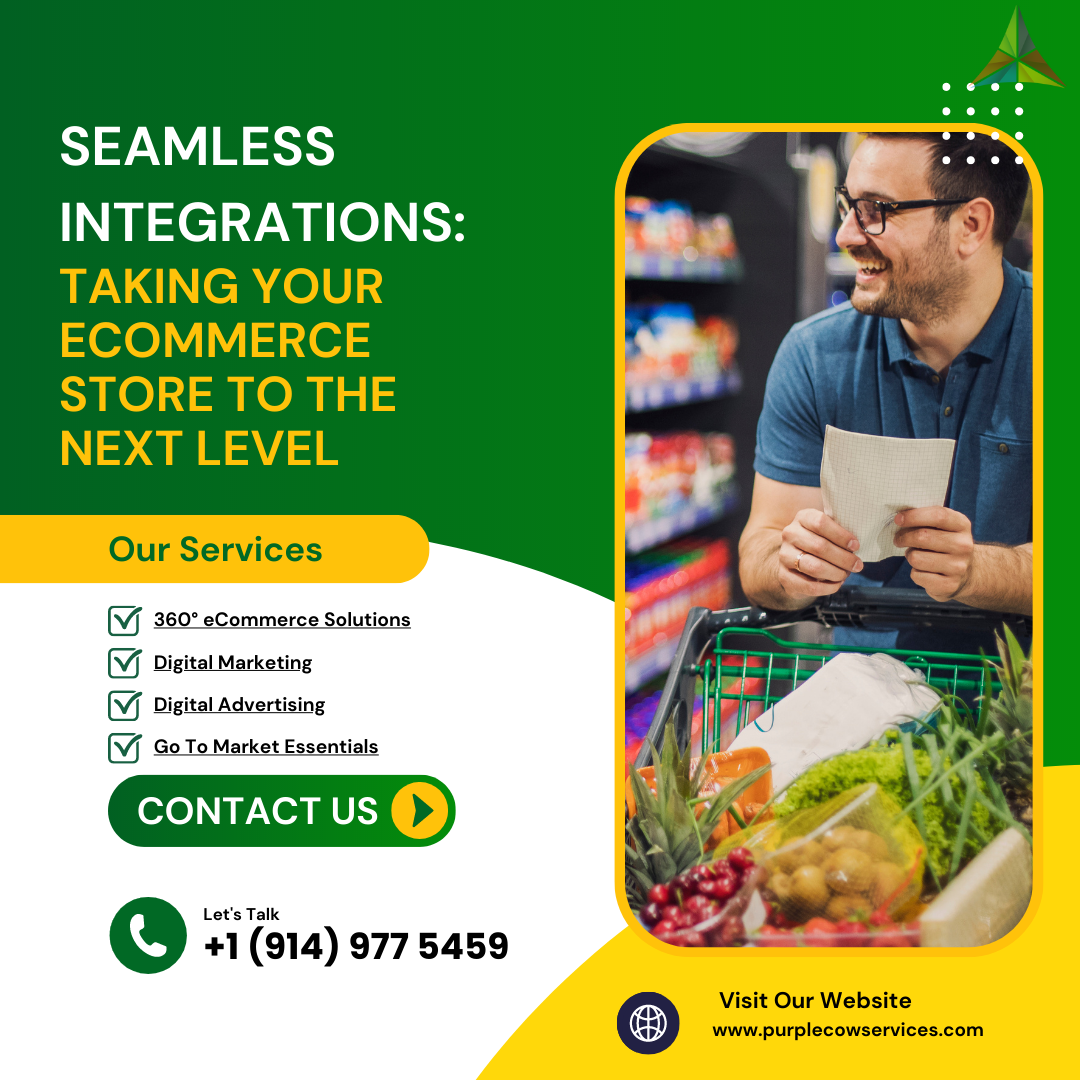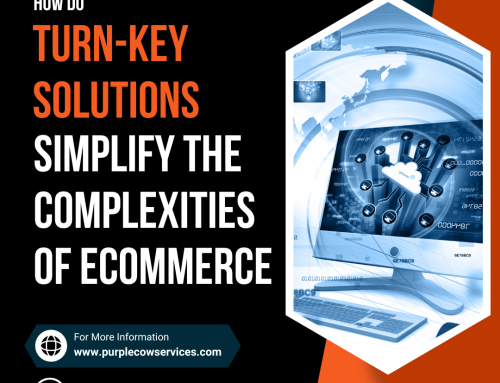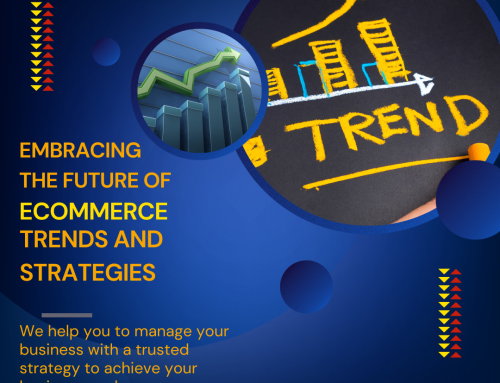In today's fast-paced digital landscape, running a successful eCommerce store requires more than just a great product and a visually appealing website. Seamless integrations play a crucial role in enhancing the functionality, efficiency, and overall success of your online store.
Share This Story, Choose Your Platform!
In this blog post, we will delve into the importance of seamless integrations and explore how they can take your eCommerce store to the next level.
What are Seamless Integrations?
Definition and Benefits
Seamless integrations refer to the process of connecting different software applications and platforms within your eCommerce ecosystem to streamline operations and enhance the customer experience. These integrations allow data and information to flow seamlessly between various systems, eliminating manual tasks, reducing errors, and increasing efficiency.
Benefits of Seamless Integrations
Enhanced Operational Efficiency:
Integrating different systems and tools, such as inventory management, order fulfillment, and customer relationship management (CRM), eliminates the need for manual data entry and ensures accurate and up-to-date information across all platforms.
Improved Customer Experience:
Seamless integrations enable a unified and personalized customer experience. Customer data can be shared seamlessly between systems, allowing for targeted marketing campaigns, personalized product recommendations, and streamlined customer support.
Real-Time Inventory Management:
Integrating your eCommerce platform with inventory management systems ensures accurate inventory data, enabling you to avoid stockouts, fulfill orders promptly, and optimize your supply chain.
Streamlined Order Fulfillment:
Integration with shipping and logistics providers allows for real-time order tracking, automated shipping label generation, and streamlined order fulfillment processes.
Efficient Financial Management:
Integrating your eCommerce platform with accounting software simplifies financial management tasks, such as automated invoicing, tax calculations, and financial reporting.
Key Seamless Integrations for eCommerce Stores
Payment Gateway Integration
Integrating a reliable and secure payment gateway into your eCommerce store is essential for smooth transaction processing. Seamless integration with popular payment gateways ensures a seamless and secure checkout experience for your customers.
CRM Integration
Integrating your eCommerce platform with a CRM system allows you to effectively manage customer relationships, track interactions, and personalize marketing efforts. It enables you to gain insights into customer behavior, preferences, and purchase history, empowering you to deliver targeted marketing campaigns and personalized customer experiences.
Inventory Management Integration
Integrating your eCommerce store with an inventory management system enables real-time inventory tracking, automatic stock updates, and efficient order fulfillment. This integration ensures accurate inventory data, minimizes stock discrepancies, and enhances operational efficiency.
Shipping and Logistics Integration
Seamless integration with shipping and logistics providers automates the shipping process, generates shipping labels, and provides real-time tracking information. This integration saves time, reduces errors, and improves overall order fulfillment efficiency.
Marketing Automation Integration
Integrating your eCommerce store with marketing automation platforms allows you to automate marketing tasks, such as email campaigns, personalized product recommendations, and customer segmentation. This integration helps you deliver targeted and timely marketing messages, enhancing customer engagement and driving conversions.
Best Practices for Implementing Seamless Integrations
Define Your Integration Goals
Before implementing any integration, clearly define your integration goals and objectives. Identify the specific functionalities and improvements you aim to achieve through integration.
Choose the Right Integration Tools and Platforms
Select integration tools and platforms that align with your business requirements and integrate seamlessly with your existing systems. Research and choose reputable providers with a track record of successful integrations.
Plan Your Integration Strategy
Develop a comprehensive integration strategy that outlines the integration process, timelines, and responsibilities. Consider factors such as data migration, system compatibility, and potential disruptions during the implementation phase. Break down the integration process into smaller, manageable steps and allocate resources accordingly.
Conduct Thorough Testing and Quality Assurance
Before fully deploying the integrations, conduct thorough testing to ensure seamless functionality and identify any potential issues or bugs. Perform both unit testing and end-to-end testing to validate the integration’s performance.
Train Your Team
Provide training to your team members on how to effectively utilize the integrated systems and tools. Ensure they understand the new workflows, processes, and functionalities resulting from the integrations.
Monitor and Evaluate Performance
Continuously monitor the performance of your integrations and regularly evaluate their impact on your eCommerce store. Use analytics and key performance indicators (KPIs) to measure the effectiveness and efficiency of the integrations.
Real-World Examples of Successful Seamless Integrations
Shopify and Mailchimp Integration
The integration between Shopify, a popular eCommerce platform, and Mailchimp, a leading email marketing service, allows online retailers to automate email marketing campaigns, segment their customer base, and provide personalized product recommendations.
WooCommerce and Zapier Integration
WooCommerce, a widely used eCommerce plugin for WordPress, seamlessly integrates with Zapier, a web automation tool. This integration enables online store owners to automate repetitive tasks, such as order fulfillment, inventory management, and customer notifications.
Magento and QuickBooks Integration
Magento, a robust eCommerce platform, integrates smoothly with QuickBooks, a popular accounting software. This integration streamlines financial management tasks, automates invoicing, tracks sales and expenses, and simplifies tax calculations.
Conclusion
Seamless integrations are the backbone of a successful eCommerce store. They enhance operational efficiency, improve the customer experience, and streamline various aspects of your online business. By implementing the right integrations, such as payment gateway integration, CRM integration, and inventory management integration, you can take your eCommerce store to the next level. Follow the best practices outlined in this blog post, and learn from real-world examples to ensure successful integration implementations. Embrace seamless integrations and unlock the full potential of your eCommerce store.
Discover the power of seamless integrations with Purple Cow’s eCommerce technical support! Elevate your eCommerce store to new heights with our innovative solutions. Streamline operations, enhance customer experience, and boost efficiency with seamless integrations tailored to your business needs. From payment gateway integration to CRM integration and more, Purple Cow helps you unlock the full potential of your online store. Take the leap and stand out from the competition with Purple Cow’s seamless integration services.
Share This Story, Choose Your Platform!
In This Blog:

















